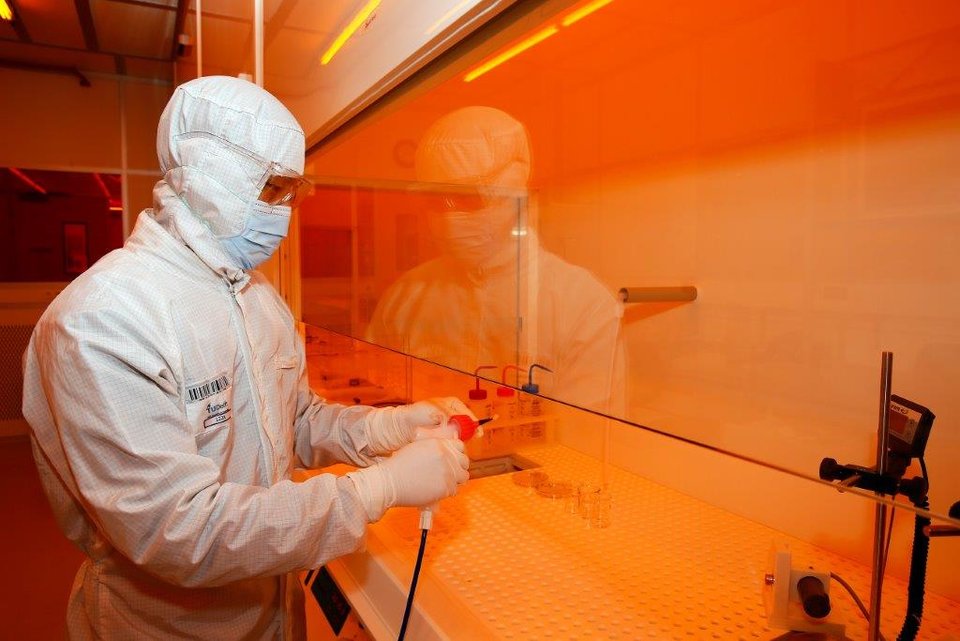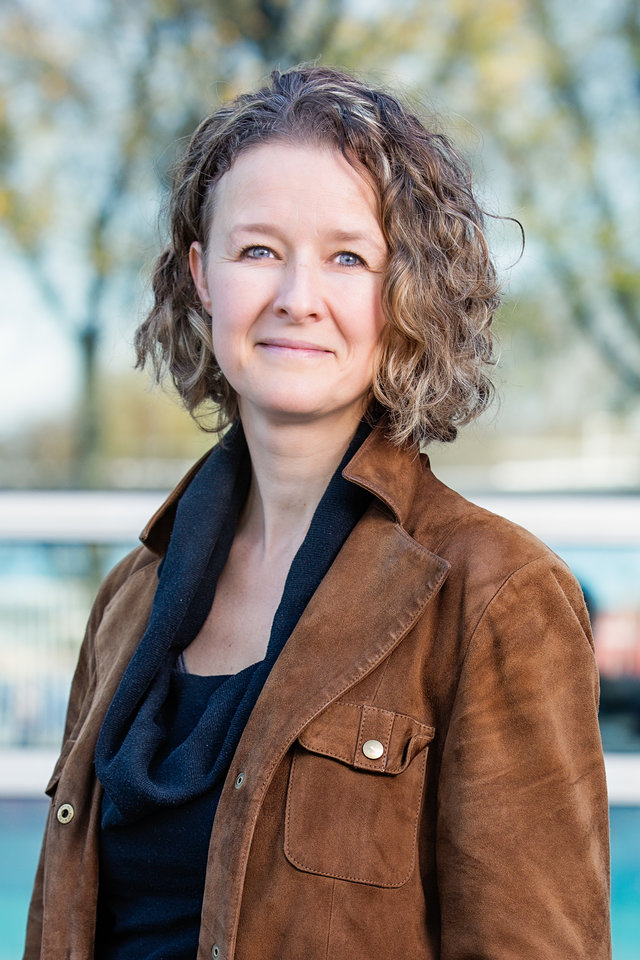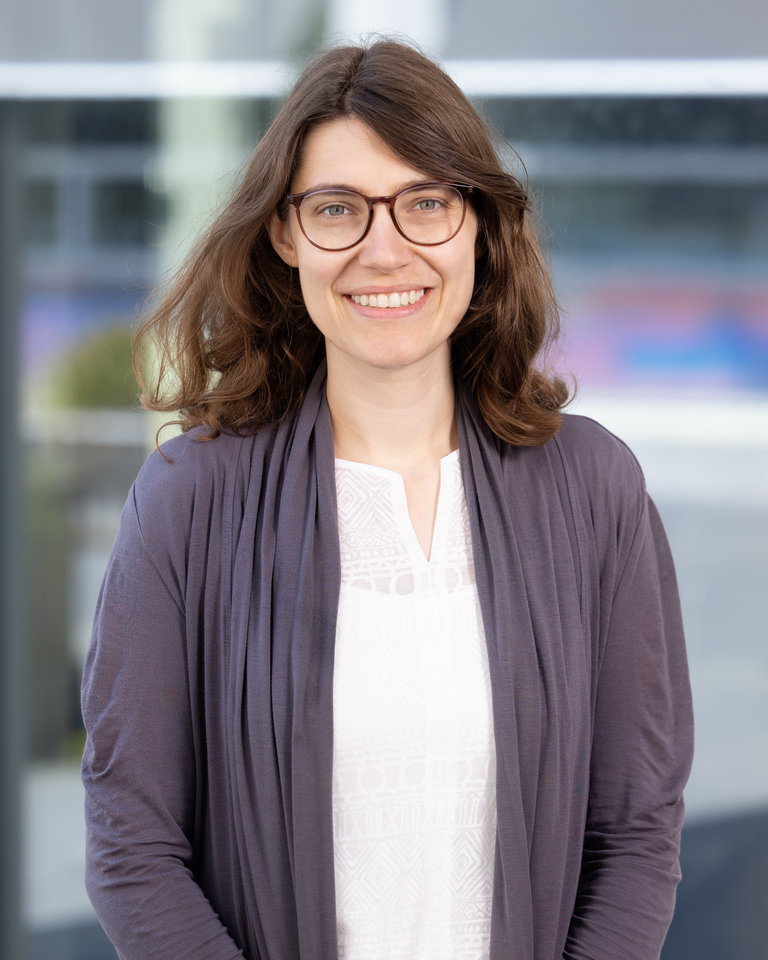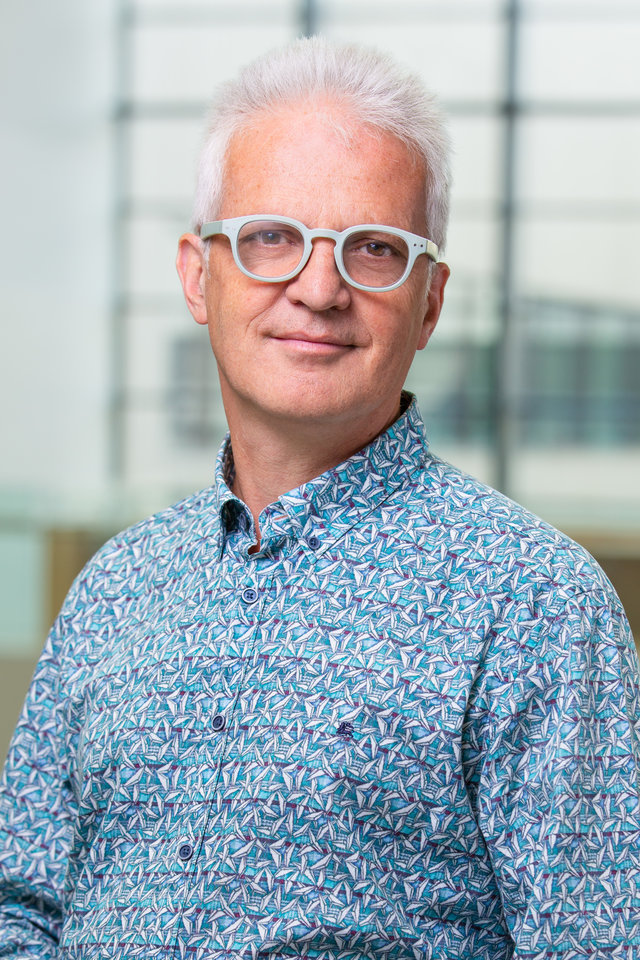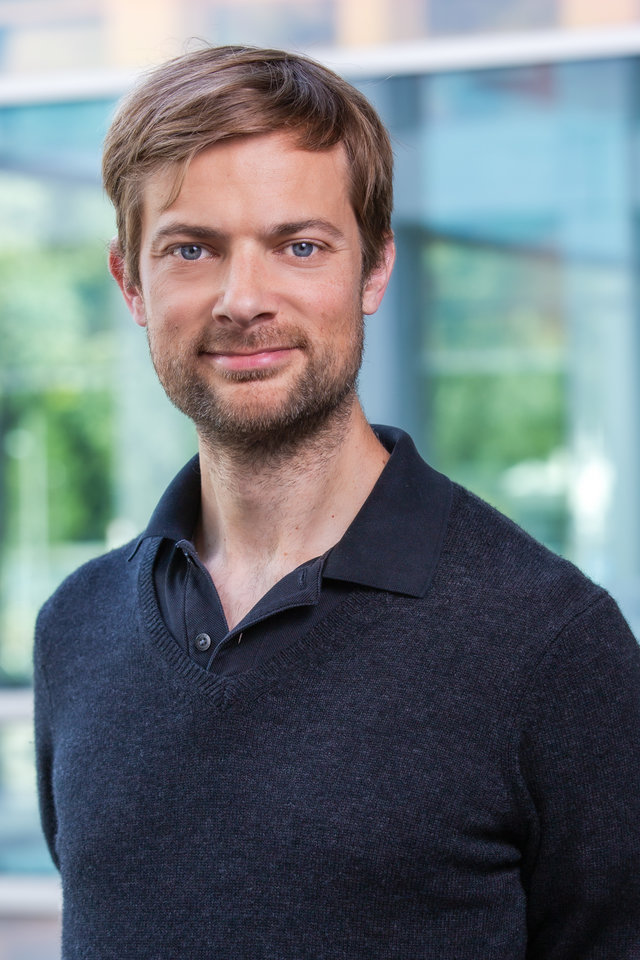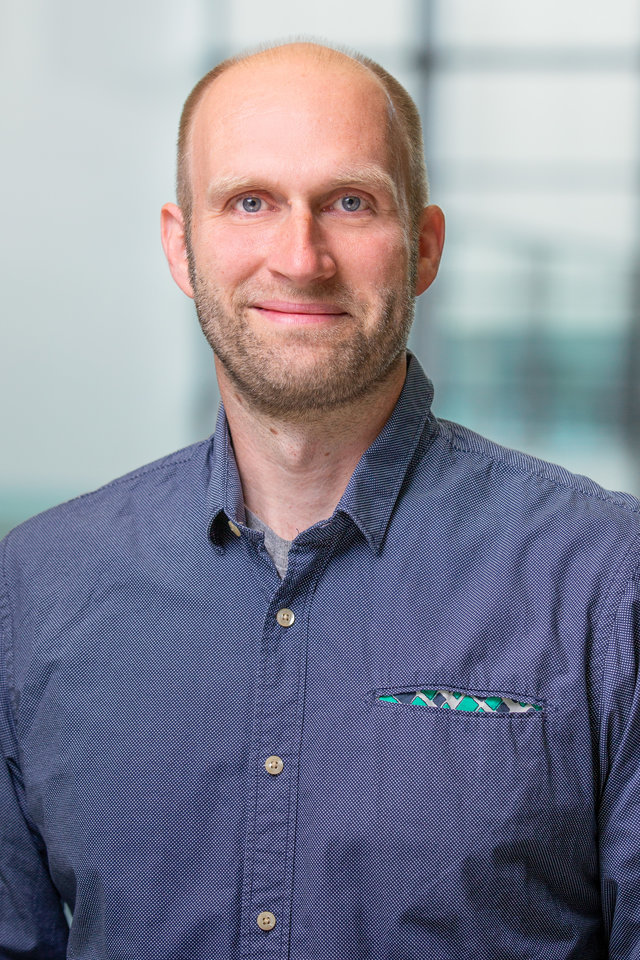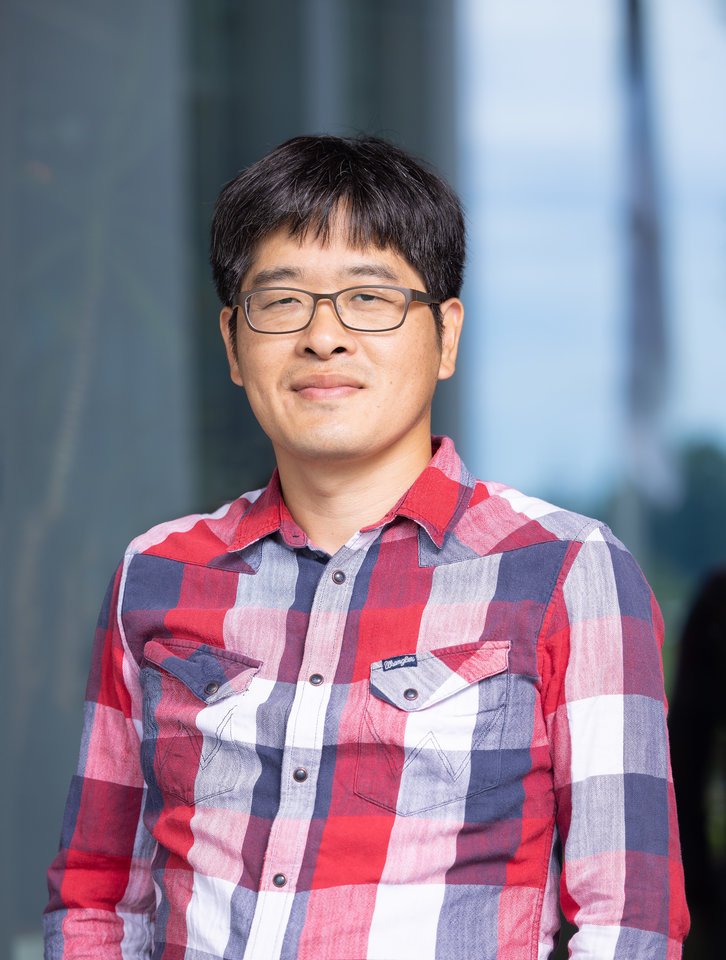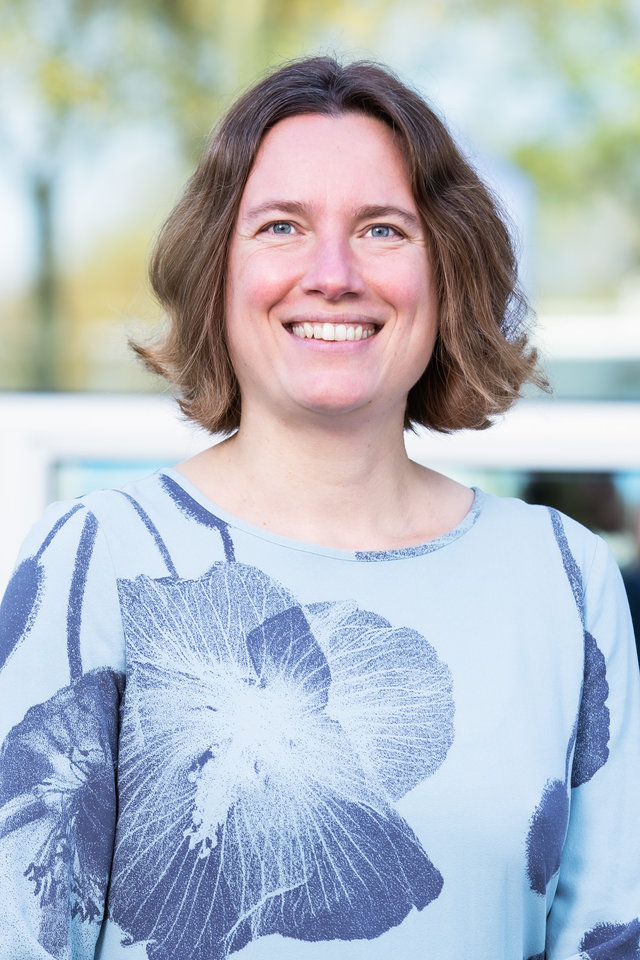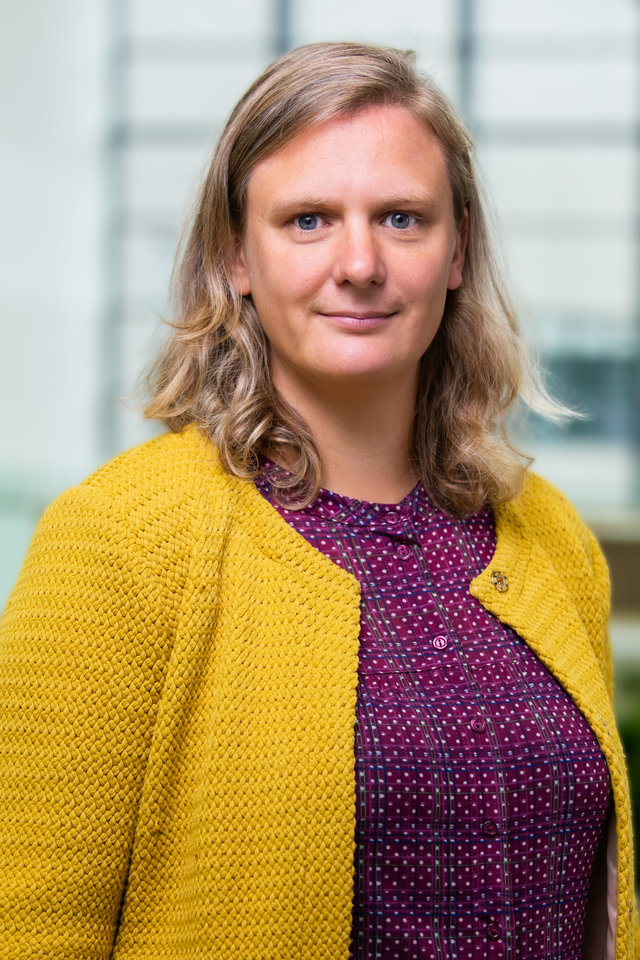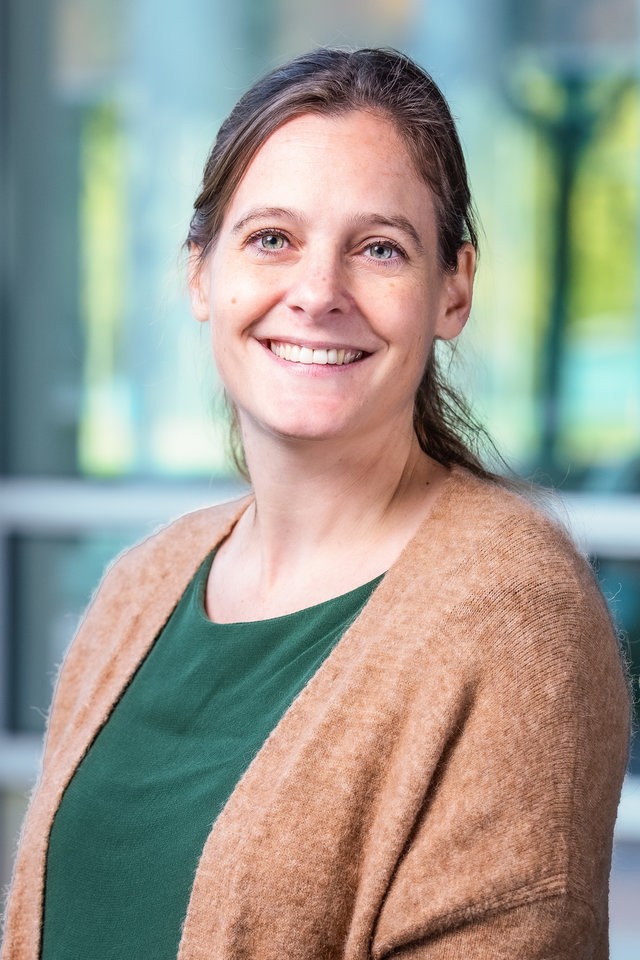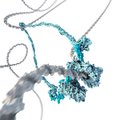Bionanoscience
The Department of Bionanoscience focuses on the fundamental understanding of biological processes, from the level of single molecules to the full complexity of living cells. This research provides fascinating insight in the molecular mechanisms that lead to cellular function. Furthermore it enables the in vitro bottom-up construction of cellular machinery and it impacts applications ranging from biomolecular diagnostics to novel antibiotics and targeted nanomedicine. The department features a strongly multidisciplinary and international team of scientists, whose research areas include single-molecule biophysics, synthetic biology, as well as (quantitative) cell biology.



